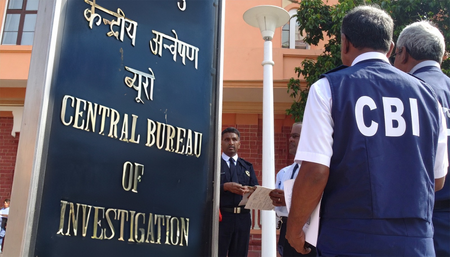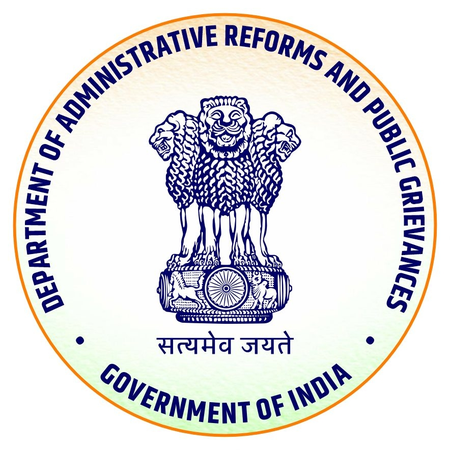
New Delhi, April 6 (IANS) There are over 1.76 lakh active Ayushman Arogya Mandirs in India (As of April 5), providing comprehensive primary health care, the government said on Sunday, adding that over 76 crore Ayushman Bharat Health Accounts (ABHA) have been created to date.
Ahead of the ‘World Health Day 2025’ on Monday, the Ministry of Health and Family Welfare said it has made substantial strides in improving India’s public health outcomes through various key initiatives and programmes, and the National Health Mission (NHM) has played a central role in this progress.
The Ayushman Bharat Digital Mission (ABDM) is a unified digital health ecosystem to securely connect patients, healthcare providers, and systems through an interoperable digital infrastructure.
There are over 5.95 lakh verified healthcare professionals registered under the ABDM scheme, with over 3.86 lakh verified health facilities. Under ABDM, more than 52 crores health records are linked.
U-WIN is a digital platform that streamlines and tracks immunisation for pregnant women and children (0–16 years), enabling flexible, anytime-anywhere vaccine access under the Universal Immunisation Programme (UIP).
“As of 15th December 2024, 7.90 crore beneficiaries have been registered, 1.32 crore vaccination sessions have been held, and 29.22 crore administered vaccine doses have been recorded on U-WIN,” informed the ministry.
eSanjeevani, India’s National Telemedicine Service, bridges gaps in healthcare access by providing free, equitable, and remote medical consultations, emerging as the world’s largest telemedicine platform for primary care.
“As of April 6, 2025, e-Sanjeevani has served over 36 crore patients through teleconsultations since its launch in 2020, making healthcare accessible remotely with 232,291 providers onboarded to date,” according to the ministry.
Moreover, MMR (Maternal Mortality Ratio) in India dropped from 130 (2014-16) to 97 (2018-20) per 1,00,000 live births – a decline of 33 points.
Over the last 30 years (1990–2020), MMR declined by 83 per cent in India while global MMR reduced by 42 per cent in the same period.
IMR (Infant Mortality Rate) has dropped from 39 (2014) to 28 (2020) per 1,000 live births. NMR (Neonatal Mortality Rate) has educed from 26 (2014) to 20 (2020) per 1,000 live births.
U5MR (Under-5 Mortality Rate) has also declined from 45 (2014) to 32 (2020) per 1,000 live births, said the ministry.
In the meantime, the WHO World Malaria Report 2024 highlighted India’s major strides in malaria elimination, with a 69 per cent drop in cases and 68 per cent reduction in deaths between 2017 and 2023.
Contributing just 0.8 per cent of global cases in 2023, India’s exit from WHO’s High Burden to High Impact (HBHI) group in 2024 marks a significant public health achievement.
The government has eliminated Trachoma as a public health problem in 2024, a feat recognised by the WHO.
According to WHO’s Global TB Report, India has made strong progress in tuberculosis control. Under the National Tuberculosis Elimination Programme (NTEP), TB incidence fell by 17.7 per cent, from 237 to 195 cases per lakh population between 2015 and 2023.
TB-related deaths also declined from 28 to 22 per lakh. Notably, missing TB cases dropped by 83 per cent, from 15 lakh in 2015 to 2.5 lakh in 2023.
The World Health Day, observed annually on April 7, highlights pressing global health issues and mobilises action to improve public health outcomes.
—IANS
na/




